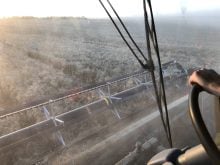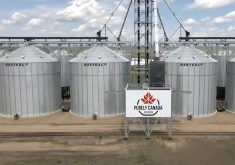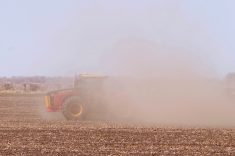The Canadian Grain Commission is struggling to making enough to cover its expenses, and is dipping into past surplus to make up the difference.
In a release Oct. 16, the organization said that “Since the Canadian Grain Commission reduced its official inspection and weighing fees in 2021, the organization has inspected and weighed lower-than-expected grain volumes, leading to a gap between revenue and costs.”
Upon completing its 2024 fee review, the commission discovered that current fees would not cover future operating costs. Fees are automatically adjusted April 1 each year in consideration of the 12-month percentage change to the Consumer Price Index.
Read Also

Italy crafts lab-grown snacks with fruit residues, plant cells and a 3D printer
Scientists in Italy are developing sweet snacks with lab-grown plant cells and fruit residues, producing a material that a 3D printer can then process into ‘pastries’ with high nutritional content.
“Over the past few years, these adjustments have not kept pace with lower-than-expected grain volumes and increased operating costs,” the release noted.
Using surplus funds will allow the commission to avoid raising fees, the CGC said. The organization expects that financial buffer carry them over this year and to make up for anticipated shortfalls over next two fiscal years, they said.
That means that Canadian farmers will not see increased to inspection and weighing fees until at least 2027.
“Drawing on the accumulated surplus will avoid new fee increases for the next three years, while ensuring our programs and services continue to deliver results for the grain sector,” wrote CGC chief commissioner David Hunt in the release.
The commission has been using accumulated surplus funds to address the growing revenue-cost gap since 2021. The now six years of surplus draw are expected to reduce the available balance to approximately $57 million by March 31, 2027. This includes $40 million previously set aside as an operating contingency.
The commission said it will consult with stakeholders before making any future fee updates.
















